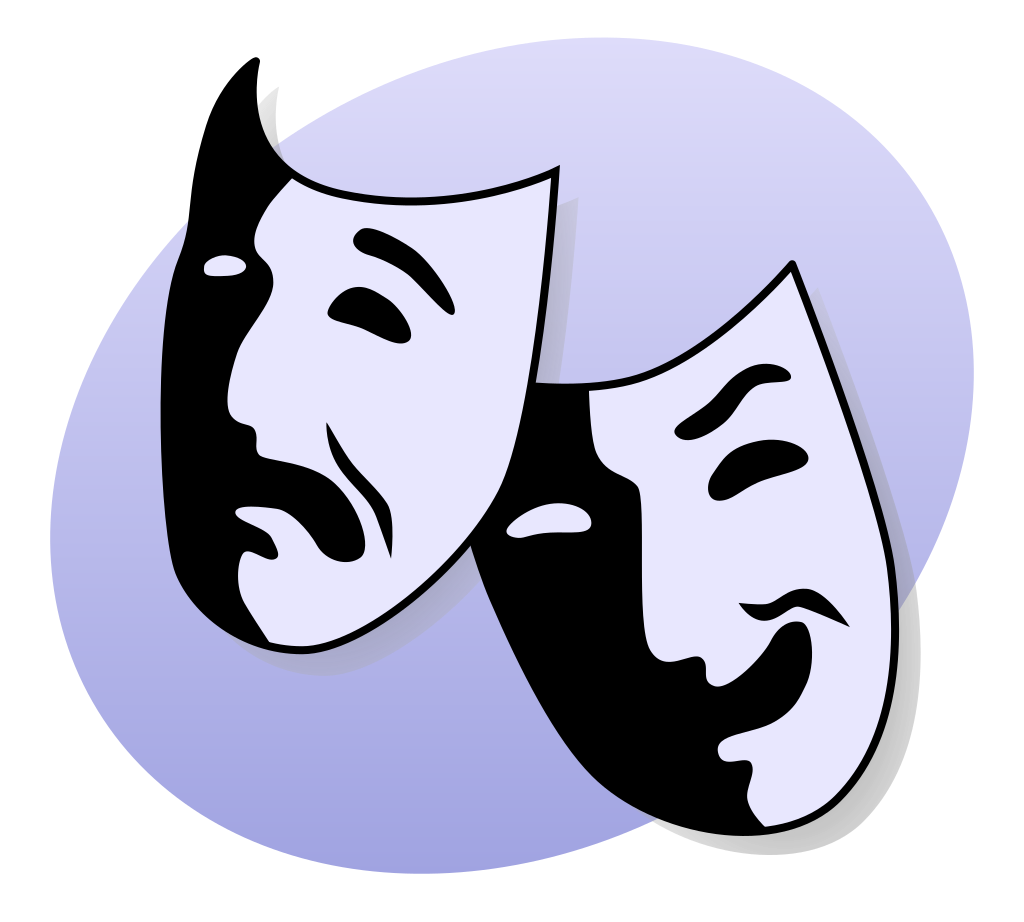Bipolar disorder is a mood disorder characterized by alternating periods of depressive symptoms and elevated mood, termed either hypomania or mania. While most people experience normal ups and downs, the range of moods in bipolar disorder is much greater, featuring extreme highs and lows.

Depressive and Manic Symptoms
Depressive Symptoms
According to the DSM-5, depressive symptoms include:
- Low mood
- Anhedonia (loss of interest in previously enjoyed activities)
- Diet or sleep disturbances
- Low energy levels (even making it difficult to get out of bed)
- Psychomotor retardation
- Feelings of worthlessness and inappropriate guilt
- Loss of concentration
- Severe cases may involve thoughts of death and suicide
Manic and Hypomanic Symptoms
Manic symptoms involve an abnormally elevated mood. Mania is more severe than hypomania, impairs daily functioning, and can include psychosis, sometimes leading to a misdiagnosis of schizophrenia. The DSM-5 lists the criteria for mania as:
- Diminished need for sleep
- Sense of grandiosity (feeling superior or better than others)
- Pressured speech
- Racing thoughts or ideas
- Distractibility
- Increased level of goal-focused activities
- Excessive risky pleasurable activities (spending sprees, sex, gambling)
For mania, these symptoms must last at least seven days and significantly impair normal functioning or pose a threat to others. Hypomanic episodes are similar but need only last four days, are observable to others, but do not cause significant impairment in functioning.
Types of Bipolar Disorder
There are three main types of bipolar disorder:
- Bipolar I: Characterized by at least one manic episode, with depressive episodes eventually occurring.
- Bipolar II: Involves at least one depressive episode and one hypomanic episode.
- Cyclothymic Disorder: Sometimes considered mild bipolar disorder, it features depressive and hypomania-like episodes that do not fully meet the criteria for major depressive or hypomanic episodes.
Some individuals may fluctuate quickly between the two extremes, experiencing four or more episodes of either mania or depression in one year, defined as rapid cycling. Others may experience both depressive and manic symptoms simultaneously.
Prevalence and Causes
Bipolar disorder has a lifetime prevalence of around 1 to 3 percent, with males and females being affected approximately equally. It most commonly starts in late adolescence or early adulthood. The exact cause is not known, but multiple factors are thought to be involved:
Genetic Factors
- Family history increases the risk, with studies quoting up to a 10x risk if a first-degree family member is affected.
- If one parent has bipolar disorder, the likelihood of developing it is 15 to 30 percent. If both parents are affected, this rises to 50 to 75 percent.
Environmental Factors
- Significant stress (e.g., death or illness) and other stress factors (e.g., relationship or financial stress) can contribute to the development of bipolar disorder.
Treatment
The treatment of bipolar disorder involves managing the acute phase and stabilizing the condition over the long term, with an increased focus on reducing the risk of suicide.
Psychotherapy
- Cognitive Behavioral Therapy (CBT) is effective in preventing long-term relapse and treating depressive symptoms.
- Interpersonal Therapy is another option for managing depressive symptoms.
- Psychoeducation helps with relapses by teaching patients about mental health and well-being.
Medication
- Mood Stabilizers: Lithium is particularly effective in acute manic episodes and helps prevent relapses and bipolar depression, but requires monitoring for side effects involving the kidney and thyroid. Other options include carbamazepine, lamotrigine, and valproic acid.
- Antipsychotics: Commonly used in manic episodes, such as haloperidol and olanzapine. A combination of mood stabilizers and antipsychotics is often more effective than using either class alone.
- Antidepressants: Not typically used alone due to the risk of triggering manic episodes or accelerating cycles, but may be used alongside mood stabilizers in some cases. The combination therapy of olanzapine and fluoxetine is approved for treating bipolar depression.
Other Treatments
- Electroconvulsive Therapy (ECT): Used in resistant or extremely severe cases, where convulsions are induced by electric currents.
- Transcranial Magnetic Stimulation (TMS): Uses magnetic waves and is less powerful than ECT, can be done without general anesthesia.
No responses yet